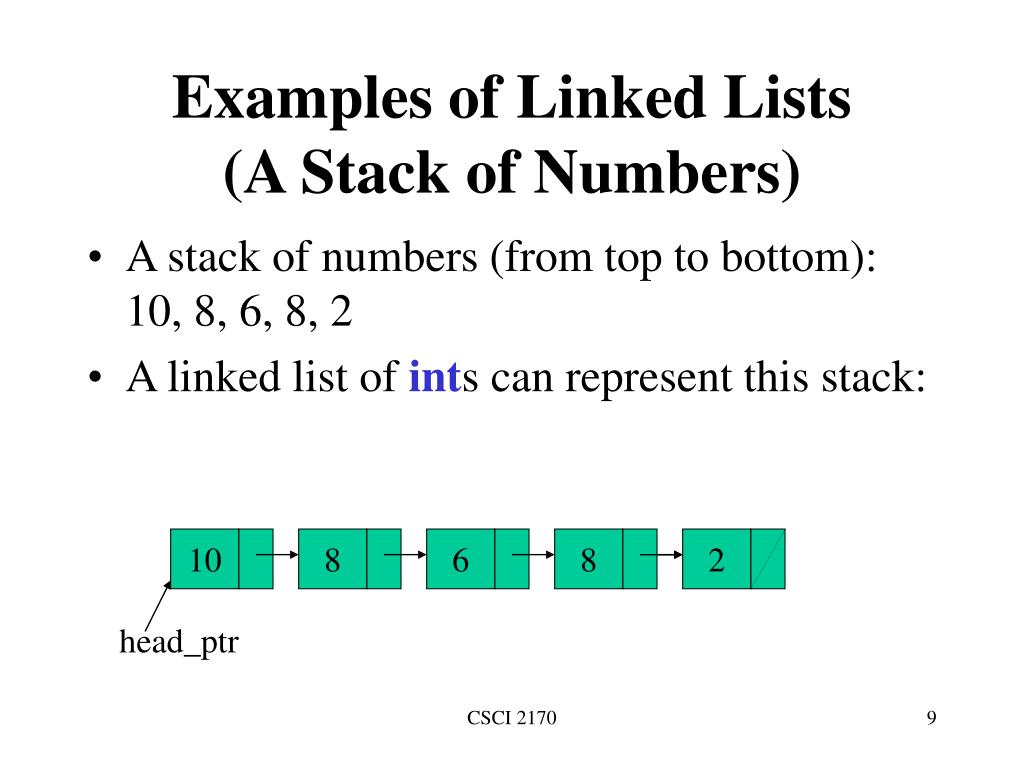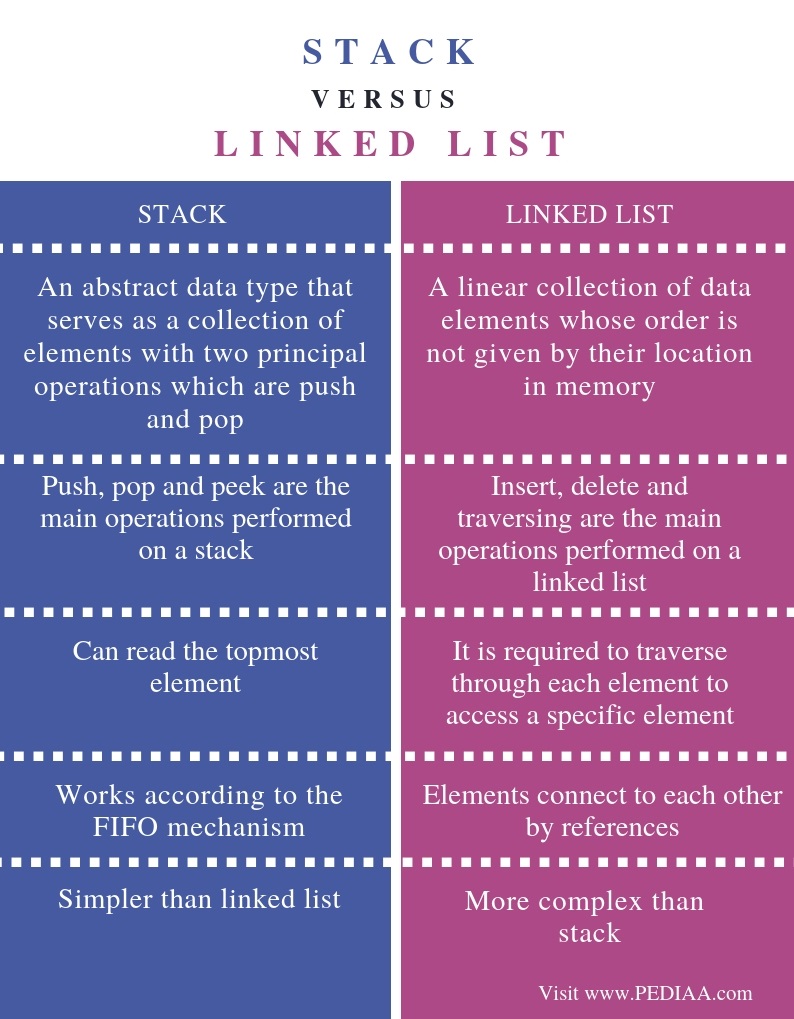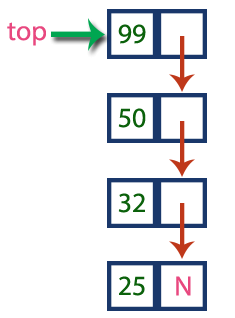
Of these two examples, the latter is a list using a sentinel node (the base registers), the former does not. We can now discuss the head in regards to the two examples I presented. This definition is left ambiguous most likely intentionally because there are many different implementations. You may be wondering why I chose these examples instead of giving you the simple wiki definition : In this definition, the head of a list is more in line with your first picture, it is an external register, not part of the list itself that merely contains the address to the first register in the list. Typical representation without base registers : Normally, it is not necessary to show the base registers in diagrams of lists. Here is a simple example of a list under Wilkes' definition, with symbols in the list:Ī list must start somewhere, and the address of its first register is stored in a sequence of fixed memory registers known as base registers. The CDR (pronounced "cudder") contains an address pointing to the next register in the list. Alternatively, can store an address memory. The CAR, left free, and may be used to hold a symbol. Wilkes describes the registers (nodes) of a list as having two parts (similar to Newell, Shall, and McCarthy) in his paper Lists and why they are useful :

Soon came along the idea of putting "symbols" in the list, rather than attaching them on the list. Also check the LISP 1.5 Programmer's Manual. This can even be seen in the LISP programming language invented by John McCarthy. This representation of a list was traditionally followed. Thus, in a strict sense, the head has an address to the first element on the list, while itself is the first location word in the list. Newell and Shaw describe the head of a list as the first location word in the list. Saying the first element is the "head" of a list makes no sense in this context. This is why items are "on the list", they are attached to the list but not a direct piece of the list. You can see in this example, the items link to nothing. Here is an example of a List containing three elements: The left address is the address of the next location word, the right address is the address of the item on the list. Location words are JOHHNIAC words that contain two addresses. One address locates an item on the list, the other address locates the next location word.

To form a list, we use a set of location words, each containing two addresses. Any item on a list may be either a list or an element, and these are fundamentally different types of unit. A list consists of an ordered set of items of information.

$Lists$ : Lists are the general units of information in the memory. It was initially developed as a method for flexible memory assignment in the Logic Theory Machine. Let's start with the definition of a List, in Computer Science, as described by the developers of the structure ( Newell, Shaw, and Simon ) for their Information Processing Language in 1957. This answer is a bit long-winded, but having a backstory on the logic behind lists is worthwhile. No one definition is correct nor incorrect. You're right, there are many different definitions of a List/Linked List.


 0 kommentar(er)
0 kommentar(er)
